

Thousands of rare 'ice eggs' found on beach in Finland
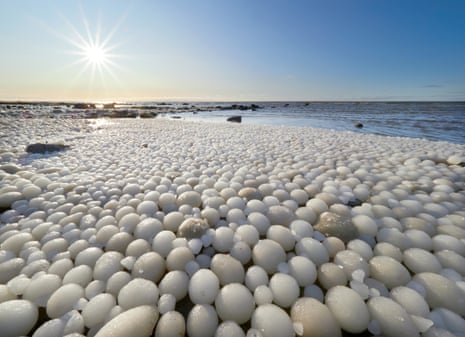


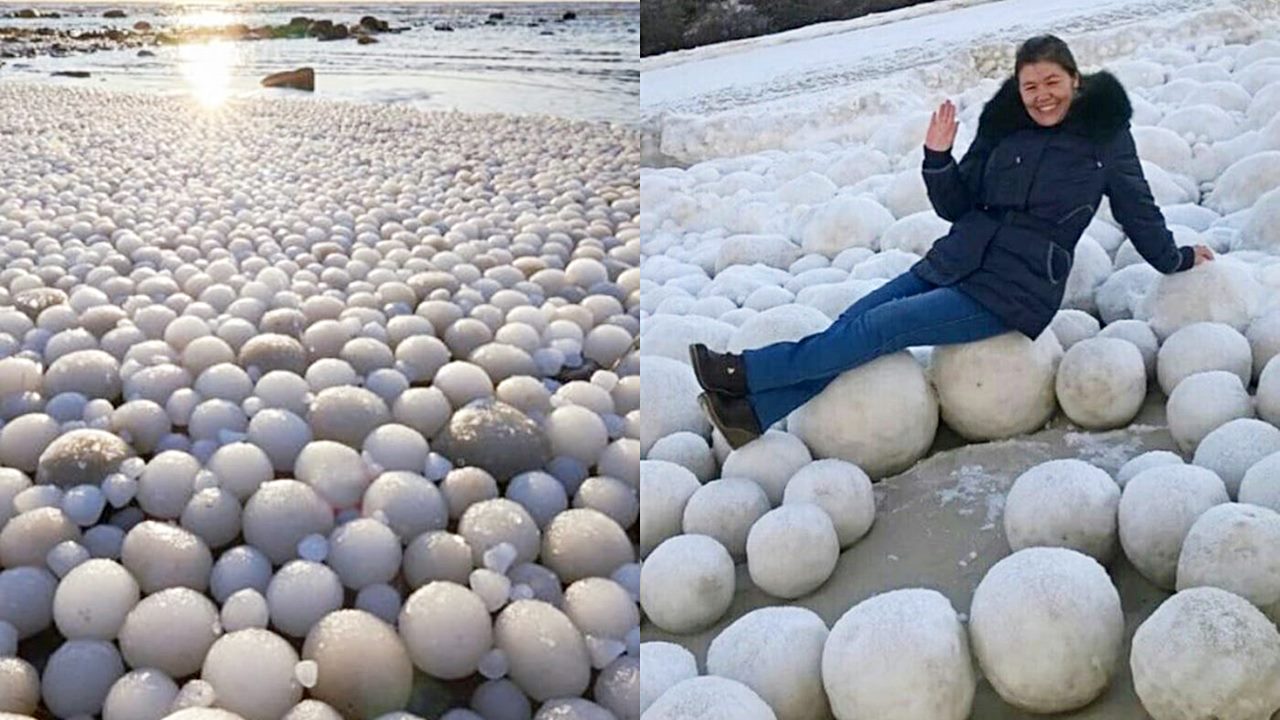
Ice comes in many shapes and sizes, from mountainous icebergs to tiny flurries of snow. But few of us will ever come across a field of football-sized 'ice eggs'. Nature just loves to keep us guessing.
When amateur photographer Risto Mattila went for a Sunday stroll along Marjaniemi beach on Finland's Hailuoto Island recently, that was exactly what he found. Lucky for us, he took some snaps, which quickly spread through social media.
"I was with my wife at Marjaniemi beach. The weather was sunny, about -1 Celsius (30 Fahrenheit) and it was quite a windy day," Mattila told the BBC.
"There we found this amazing phenomenon. There was snow and ice eggs along the beach near the water line."
A stretch of roughly 30 metres (about 100 feet) of sand was littered with frozen spheres that ranged from golf ball-sized to the circumference of a football.
The bizarre sight might look like carnage after a serious snowball fight, but it actually has more in common with your garden variety hailstones, because the formation of these 'ice eggs' requires a near-perfect set of meteorological conditions - not too warm, not too cold, not too windy, not too still.
First of all, you need relatively calm water. It also has to be just cold enough for ice to form, given the opportunity.
That opportunity requires something small for that close-to-freezing water to cling to, such as small ice crystals or grit floating in the water.
Hail forms when water condenses and freezes onto particles blown up inside storm clouds, for example. As they fall and rise, the stones collect layers of ice, until finally they grow too heavy and drop.
In the case of these ice eggs, it's not the chaotic blast of rising air currents that lead to the slow build-up of ice, but the gentle churn of water, blown by a suitably stiff breeze that helps layers of ice form on the floating ball as it rolls through the freezing currents.
Take a look at these grittier ice rocks being washed up on the shore of Lake Michigan in the US a few years ago to get an idea of how they develop:
Given enough time, the frozen rocks can grow to become virtual boulders. In 2016, similar giant snowballs washed up on a beach in Siberia, some measuring a metre (about 3 feet) across.
It's not the kind of thing most of us would see while out on a winter walk on our favourite beach or river bank, but Mattila wasn't the only one to appreciate this unusual phenomenon, with local resident Ritva Rundgren capturing this footage below.
Recommended Videos
 Nicobar Pigeon Is The Closest Living Relative Of The Dodo44 views
Nicobar Pigeon Is The Closest Living Relative Of The Dodo44 views Ranking The 30 Worst Modified Cars Of All Time93 views
Ranking The 30 Worst Modified Cars Of All Time93 views-
Advertisements
 Hidden Camera Catches Doting Eagle Doing Everything He Can To Please His Wife72 views
Hidden Camera Catches Doting Eagle Doing Everything He Can To Please His Wife72 views University Mathematician Decodes The Crop Circle With A Binary Code & Extraterrestrial Face298 views
University Mathematician Decodes The Crop Circle With A Binary Code & Extraterrestrial Face298 views “Thanks Nature Cafe” Is A Sheep Cafe In South Korea That Shares Adorable Photos Of Sheep Getting Washed18 views
“Thanks Nature Cafe” Is A Sheep Cafe In South Korea That Shares Adorable Photos Of Sheep Getting Washed18 views Eudocima fullonia - Australian Lepidoptera198 views
Eudocima fullonia - Australian Lepidoptera198 views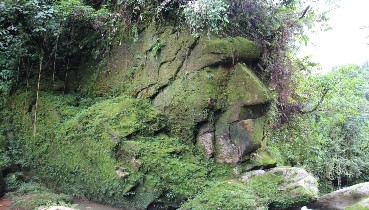 Man-Made Monument or Natural Phenomenon? Sacred Face of the Harakbut Declared Cultural Heritage of Peru767 views
Man-Made Monument or Natural Phenomenon? Sacred Face of the Harakbut Declared Cultural Heritage of Peru767 views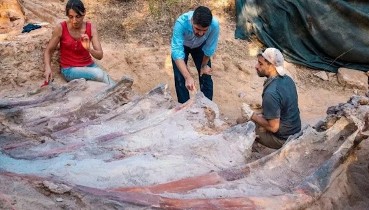 Man Finds Skeleton in His Backyard – Turns Out It’s the Largest Dinosaur Ever Found in Europe48 views
Man Finds Skeleton in His Backyard – Turns Out It’s the Largest Dinosaur Ever Found in Europe48 views
You may also like
 These Massive Tunnels Were Dug by a Giant Sloth That Lived 10,000 Years Ago in South America
These Massive Tunnels Were Dug by a Giant Sloth That Lived 10,000 Years Ago in South America  Giant Smiley Face on Oregon Hillside Is Made Up of Trees
Giant Smiley Face on Oregon Hillside Is Made Up of Trees  Chinese Peaches Dressed With Lingerie Look Like Sexy Butts
Chinese Peaches Dressed With Lingerie Look Like Sexy Butts 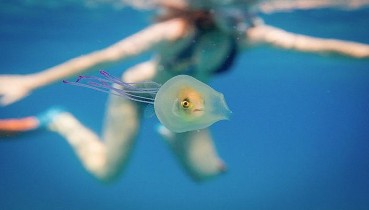 Photographer Captures Once-in-a-Lifetime Shots of a Fish Trapped Inside a Jellyfish
Photographer Captures Once-in-a-Lifetime Shots of a Fish Trapped Inside a Jellyfish